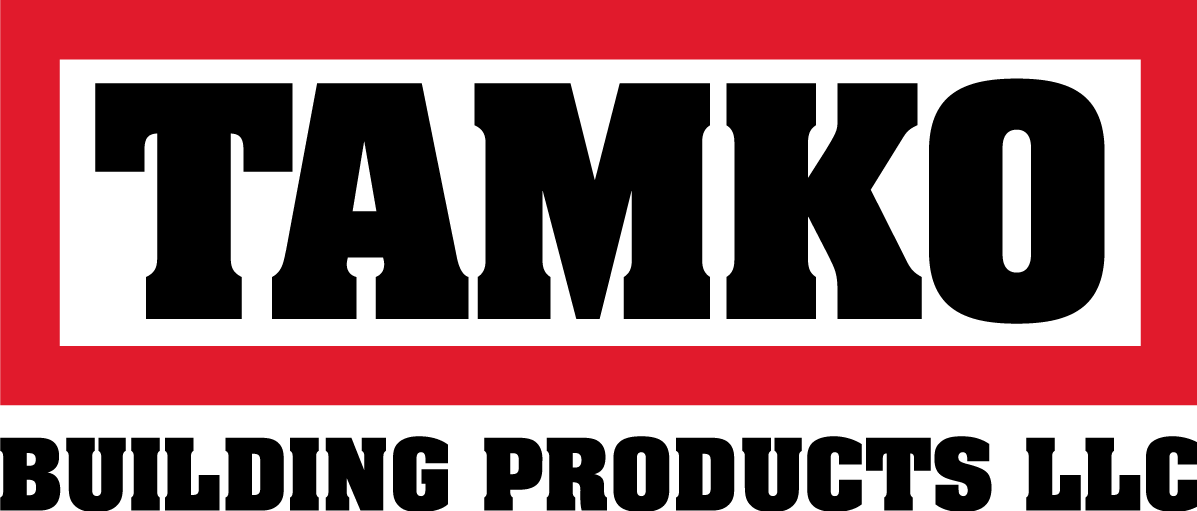When I ask most general contractors why a customer selects them over a competitor, I usually get one of several common responses. Typical answers focus on things like price, salesmanship, or reputation for quality work.
While these factors certainly influence a customer’s decision, such a narrow response ignores an opportunity to deliver an Exceptional Customer Experience, which allows for higher profits, repeat business, great reviews, and word-of-mouth referrals. The essence of this experience involves building and maintaining a sound relationship with the customer, which is never static and evolves over time. Like any good relationship, it requires setting expectations, honest communication, active listening, and acting with integrity. In our business, an Exceptional Customer Experience begins with marketing material that initially catches someone’s attention and goes well beyond receiving the final check when work is complete.
MARKETING
How do you reach prospective customers? Word-of-mouth referrals are the easiest and least expensive source of new, high-quality prospects but to grow into a multimillion-dollar business quickly, organic lead generation sources are required. Media ads, direct mail, and Search Engine Optimization (SEO) are often utilized to direct potential leads to a general contractor. What is the message received when someone looks at a flyer, website, social media or television ad, and is this message consistent with the customer experience you intend to deliver? Words and graphic images must convey trust, competency, and customer satisfaction with the work and the process.
SALES
Many of the sales training courses taken throughout my career have stated that thirty seconds is all it takes to form a first impression. However, a recent search online has sources like Forbes narrowing that timeframe to seven seconds and in the case of one psychology article, it happens “in the blink of an eye”. How you dress, grooming habits, eye contact, and overall facial expressions can make or break the narrow window that exists to make a positive first impression.
Once the customer is engaged, how do you build credibility? It varies by industry but for us here at Knutson Partners Construction, it involves spending time with the customer looking at the various components of the actual existing structure while explaining how the renovation will occur and what things will be done to make for higher quality. For areas the customer cannot access, like the roof or higher elevations of siding and windows, taking photos and using them for discussion purposes works great.
Salespeople must set proper expectations well before the contract is signed. Things like confirming the extent of actual work, the level of communication the individual and company commit to, and what to anticipate in terms of the overall process set the tone for the rest of the relationship. Human beings form preconceived ideas based off past experiences and biases, and it takes three times as much work to undo false preconceptions and set someone on the right path versus taking an extra ten or fifteen minutes at the beginning of the relationship to outline standard elements or FAQs found in a typical customer experience.
PREPRODUCTION
Does control of the customer relationship change hands during the process or does the salesperson maintain control throughout? Salespeople want to be selling and if good at it, they can make a lot more money for themselves and the company if someone else handles production. But going this route can be tricky and where companies falter is in the transfer of information from one relationship manager to the next.
For a seamless transition, the scope of work must be complete and properly documented by the salesperson. Production should make an introductory phone call that also confirms the scope of work. If components are absent or misidentified, the customer loses confidence and the production manager is frustrated. Pictures and diagrams speak volumes and should be part of the contract the salesperson submits. As part of this contract, a customer signature should be on each diagram as it greatly reduces the possibility of discrepancies or outright forgetfulness botching up what should be an easy flow of information.
PRODUCTION
How much notice do you give a customer as to the arrival of material and when work will begin? Admittedly this can vary according to the type of job and the need for favorable weather. Here in Minnesota it is difficult to schedule residential roofs more than a week out as the forecast can change quickly.
If crews are wishy-washy about adhering to schedules, relationship problems will result. When the day is set for the job to begin, customers prepare for it. They notify tenants or family members, arrange the site, and potentially change their own schedules to be available if needed. Getting a call on build day because the crew is not where they are supposed to be really impacts the customer relationship. At Knutson Partners Construction we have fired otherwise great crews because they could not, or would not, appreciate the importance we place on this essential customer need.
In construction, unexpected problems always come up, such as rotten sheathing on the roof or walls that is not apparent until old siding or shingles are torn off. How does an organization handle this when it happens? Some disreputable companies will just cover it up and pretend they did not see it. While it is never an easy customer conversation and may delay job completion, it is much better to make a phone call right away so the customer knows about it and can make a decision. If the message you put out there is one of integrity, this must be standard procedure.
CLOSEOUT
Now that the job is done, what next? Do you walk around the site and ensure it meets company standards or are fingers crossed hoping everything is fine up until the angry customer phone call comes in? Ideally a solo inspection takes place first with any deficiencies corrected before a final walkthrough occurs with both you and the customer present.
The best company review ever received was several years ago when we hired a new painter to enamel new interior millwork after a full window replacement on the entire house. I immediately inspected the finished work and determined it to be subpar. After a brief internal discussion, we decided to have it re-done when our regular painter returned from back surgery. Upon calling the customer she was surprised as she did not notice the areas we were concerned about. In a lengthy online review, she was effusive about how much this meant to her and to this day prospective customers cite this review as a reason for choosing us. In the end it cost more money and delayed final invoicing, but the dividend received in new business made up for it several times over.
A statement of satisfaction signed by the customer goes a long way to ensuring quality control procedures are adhered to. Overhead costs are lower without multiple trips back to correct errors and payment of the final invoice is much quicker when you and the customer are on the same page.
INVOICING
So the job is done, the customer is satisfied, and now it is time to collect the final check. If you have worked hard from the beginning to promote a clear and consistent message that defines company values and goals, now is not the time to get sloppy and end things on a negative note. Invoicing is the capstone to the project and should not allow for any unpleasant surprises to you or the customer.
The person preparing the invoice should have access to all the original estimates, contracts, change orders, emails, and notes related to the project. If you are actively using a good CRM, kudos as this makes it much easier. Identifying discrepancies before the customer does will save the accounts receivable employee from at least having to backpedal and at worst, looking entirely incompetent because he or she was working off bad information.
Another common headscratcher I see is overly generous terms or even no terms on the invoice. If you kept your end of the bargain and stuck to the schedule and communicated as promised, the customer should reciprocate and honor your requests and business needs. But if you do not ask, it will not happen. There is nothing wrong with asking for payment within ten days. Suppliers and subcontractors ask for it so why shouldn’t we?
REFERRALS AND FOLLOW-UP
This is where so many of our competitors drop the ball. I am shocked by how many salespeople in all industries are afraid to ask for referrals. This does not mean the typical “if you know of anyone else who might be looking, send em my way” but instead should sound like this: “do you currently know anyone who is in the market for the service we provide?” After asking this specific question, be silent and give them time to think about it. You would be surprised at how often a name comes to mind right then or shortly thereafter.
A month after the work is complete, a phone call should be made to ensure everything still looks good and no concerns exist. Once again, it is strange to me how few contractors are willing to do this. It seems they are afraid the customer might actually bring up an issue. So what if they do? By initiating the call, trust already created during the build is compounded by willingness to ask the question. If they have a problem, fix it right away. Whether they bring something up or not, it gives you another opportunity to ask for a referral during the call and/or after the repair.
An internal marketing campaign should be established to not only ask for reviews and referrals immediately after the customer’s job is complete and when the experience is fresh, but to also “drip” on the customer periodically with an email or even a phone call or site visit.
The relationship you built over a significant amount of time and with valuable company resources should not end just because the work does. What a waste! In a previous sales career, I used to pay attention to what individual interests my customers had. While in the prospecting stage I would actively seek articles online concerning those interests and email them to that particular customer just to let them know I was interested in them as people instead of just as a paycheck. After the sale was complete and our relationship entered a different phase, I would continue to do this biannually.
To conclude, if someone hires a general contractor, the minimum expectation they have is for quality work to take place. Think about it, would they hire any of us if they knew the finished product would only be so-so? What differentiates companies in our industry is the overall customer experience. A bad experience means the extent of the relationship will be one-and-done, whereas a great experience means repeat business and referrals that become exponential if the same attention to detail is provided over and over again. Adopting a relationship-oriented value proposition and consistently adhering to it is all that is required.
















